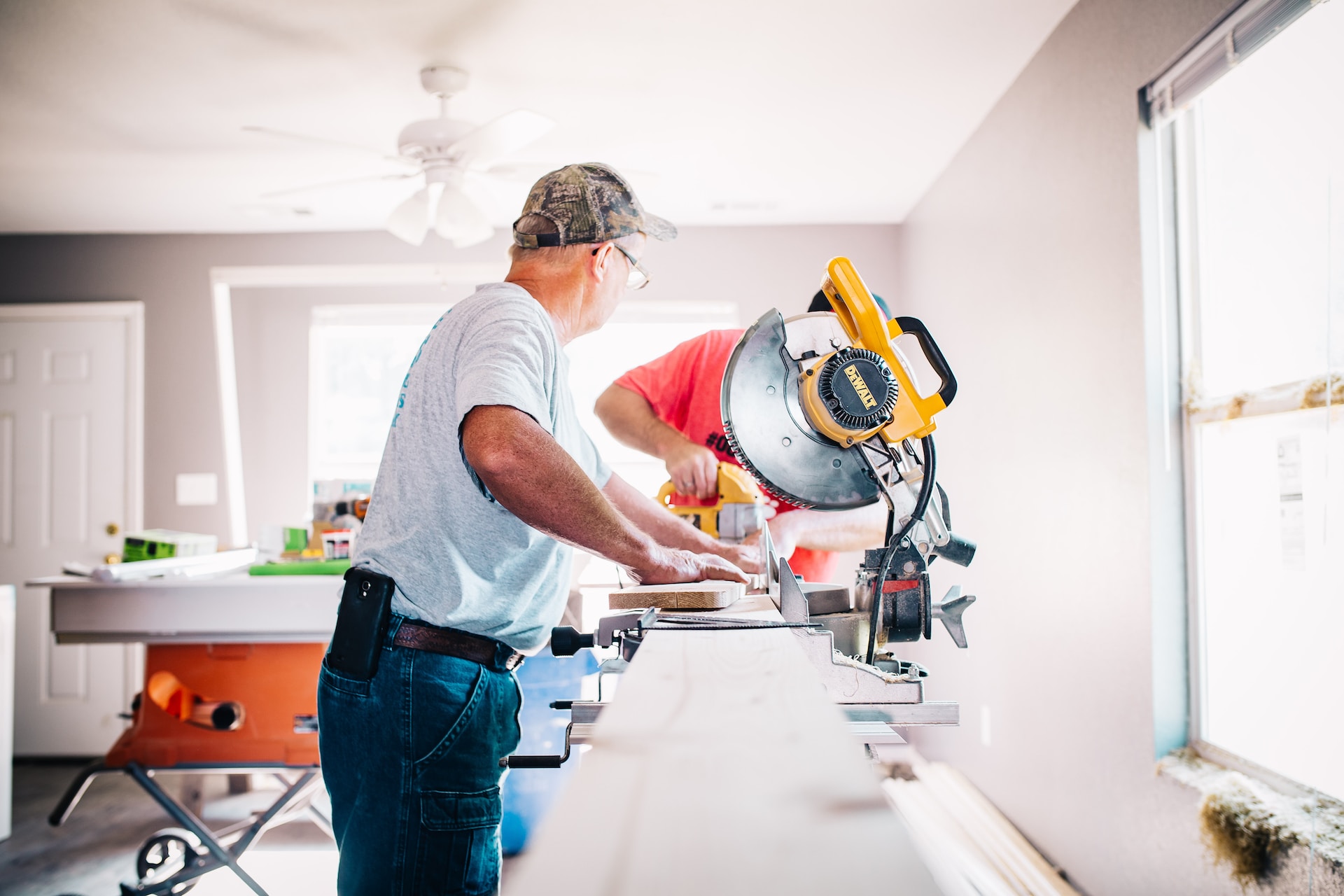Maximizing Your Property's Potential with an Expert ADU Contractor

The addition of Accessory Dwelling Units (ADUs) to residential properties has become an increasingly popular trend in modern housing. These units, also known as granny flats, in-law suites, or backyard cottages, offer homeowners a versatile solution to space and housing needs. This comprehensive guide delves into the intricacies of working with an ADU contractor, providing valuable insights for those looking to embark on this journey.
Understanding the Appeal of ADUs
ADUs have gained popularity due to their multifunctional nature. They can serve as rental properties, extended living spaces for family, home offices, or even artist studios. This flexibility, combined with changing housing laws and the need for more affordable living options, has positioned ADUs as a practical addition to residential properties.
Selecting the Ideal ADU Contractor
The cornerstone of a successful ADU project is finding a skilled and experienced contractor. An adept ADU contractor is not only proficient in construction but also well-versed in local building codes, zoning laws, and the nuances of obtaining necessary permits. When choosing a contractor, it's crucial to consider their portfolio, client feedback, and their adherence to safety and legal standards.
Tailoring Design to Meet Specific Needs
The design phase of an ADU project is where your vision starts to take shape. Collaborating with your contractor, you can explore various architectural styles and interior layouts that cater to your specific requirements. Whether you're aiming for a minimalist studio or a fully-equipped two-bedroom unit, the design should prioritize functionality, aesthetic appeal, and integration with the existing property.
Navigating Legalities and Permits
One of the most complex aspects of constructing an ADU involves dealing with local zoning laws and securing permits. A proficient ADU contractor will navigate these challenges, ensuring compliance with legalities such as size restrictions, setback requirements, and other specific municipal ordinances that could impact your project.
The Construction Phase: A Step-by-Step Overview
With designs approved and permits in hand, construction begins. This phase encompasses several steps:
- Site Preparation: Clearing the land, setting up utilities, and preparing the foundation.
- Building the Structure: Erecting walls, roofing, and ensuring structural integrity.
- Exterior and Interior Work: From plastering and painting to installing windows and doors.
- Utilities and Finishing Touches: Implementing electrical, plumbing, HVAC systems, and finalizing interior design elements.
Throughout this process, regular communication with your contractor is vital to keep the project aligned with your expectations.
Budgeting and Managing Costs
Building an ADU is a significant financial commitment. The costs can vary based on size, design, materials, and labor. A responsible ADU contractor will provide a detailed and transparent cost breakdown. It's essential to discuss potential additional expenses and have a buffer in your budget for unforeseen costs.
Enhancing Property Value through ADUs
An ADU can substantially increase your property's market value. Thoughtful design choices, such as modern amenities, quality materials, and energy-efficient features, can make the ADU appealing to potential renters or buyers. This long-term perspective on value addition should guide your decisions during the planning and construction phases.
Embracing Eco-Friendly Practices
Sustainability in construction is increasingly important. Discussing eco-friendly options like renewable energy sources, efficient insulation, and sustainable materials with your ADU contractor can lead to an environmentally responsible and cost-effective dwelling.
The Importance of a Strong Client-Contractor Relationship
A successful ADU project hinges on a positive, transparent relationship with your contractor. Clear communication, mutual respect, and agreed-upon expectations are foundational to a smooth construction experience.
Post-Construction: Maintenance and Upkeep
Once your ADU is completed, ongoing maintenance is key to preserving its value and functionality. Your contractor can provide guidance on regular upkeep and may offer post-construction services to assist in this area.
Conclusion
Constructing an ADU is a multifaceted process that, when executed well, can significantly enhance your living space and property value. By carefully selecting the right ADU contractor, staying informed throughout the process, and making decisions with a long-term perspective, your ADU project can be a fulfilling and profitable venture.